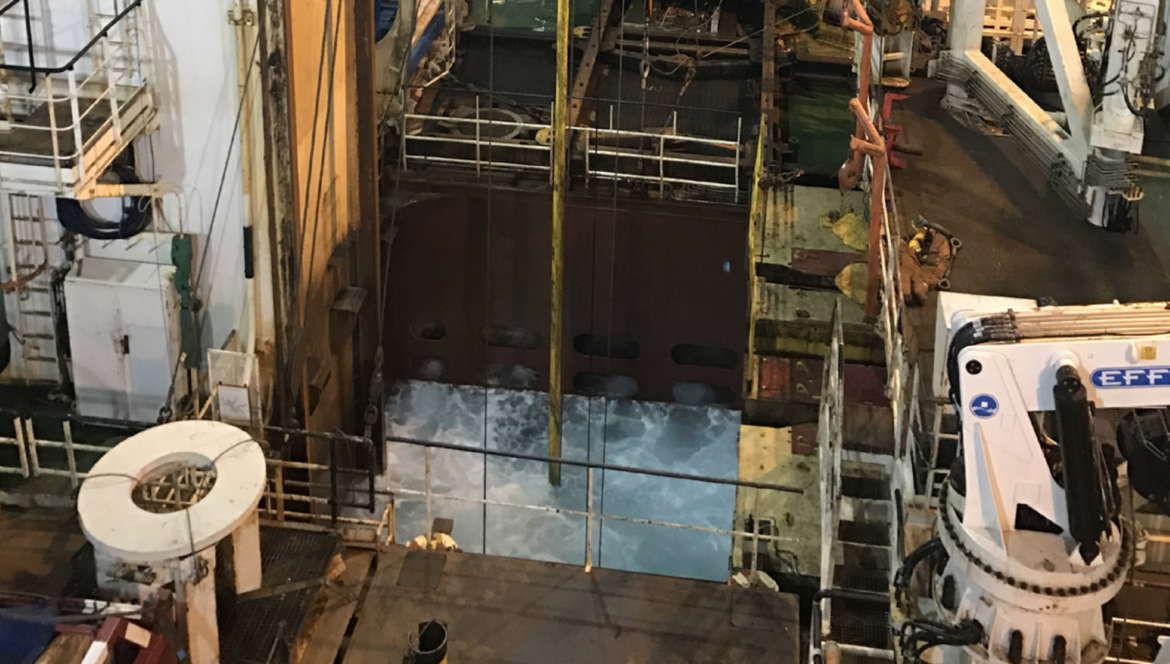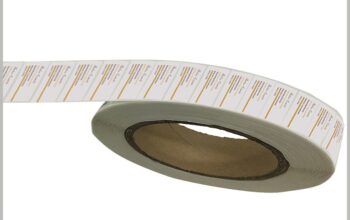In the modern era, oil and gas continue to hold a place of global importance in spite of public awareness of both their limited future as non-renewable resources and the damaging effect they have on the natural world. Currently, oil and gas production is at a high. However, it will not last forever. Oil and gas wells eventually dry up. This is where offshore well intervention companies, subsea intervention companies and other well intervention companies come in. What is well intervention exactly?
Well Intervention Definition
Well intervention is also known as well work. It is often used to refer to work performed on a well when it is dying to either bring back or prolong its productivity. However, it has also been taken to mean any non-drilling work done on a well where tools and/or a person safely enter a well. In general, any form of maintenance, repair or replacement for the purpose of saving a well may be considered well intervention.
Well Intervention Categories
The two basic categories of well intervention are light intervention and heavy intervention. Pressure is maintained at the surface of the well and the well is live in light well interventions. People lower sensors and/or tools into the well, get readings and adjust equipment settings. Heavy well intervention involves tasks like plugging up a section of the well to create a new oil/gas producing zone and replacement of any parts that can’t be replaced through light intervention. Pressure barriers and the wellhead need to be removed using a rig in heavy interventions.
Well Intervention Tools
Some common well intervention tools are tractors, coiled tubing and wireline. Well intervention tractors are not the tractors used in agriculture; instead, they are a straight, hydraulically powered tool lowered into the well on an electrically powered line. They are used for drilling, perforation and logging (where logging here has to do with measurement, not trees). Wireline is the cable used to lower tools and sensors into wells and gather data during light interventions. Coiled tubing consists of a metal pipe coiled on a reel. It is generally used to pump chemicals into wells or for operations similar to the ones wireline is used for. Its main advantage is that it can be pushed into wells (instead of having to rely on gravity like with wireline), a necessary feature when dealing with horizontal wells.
Well intervention is a complex and difficult trade involving many tools. It can extend the lifetime of wells and increase profits for oil and gas companies.




